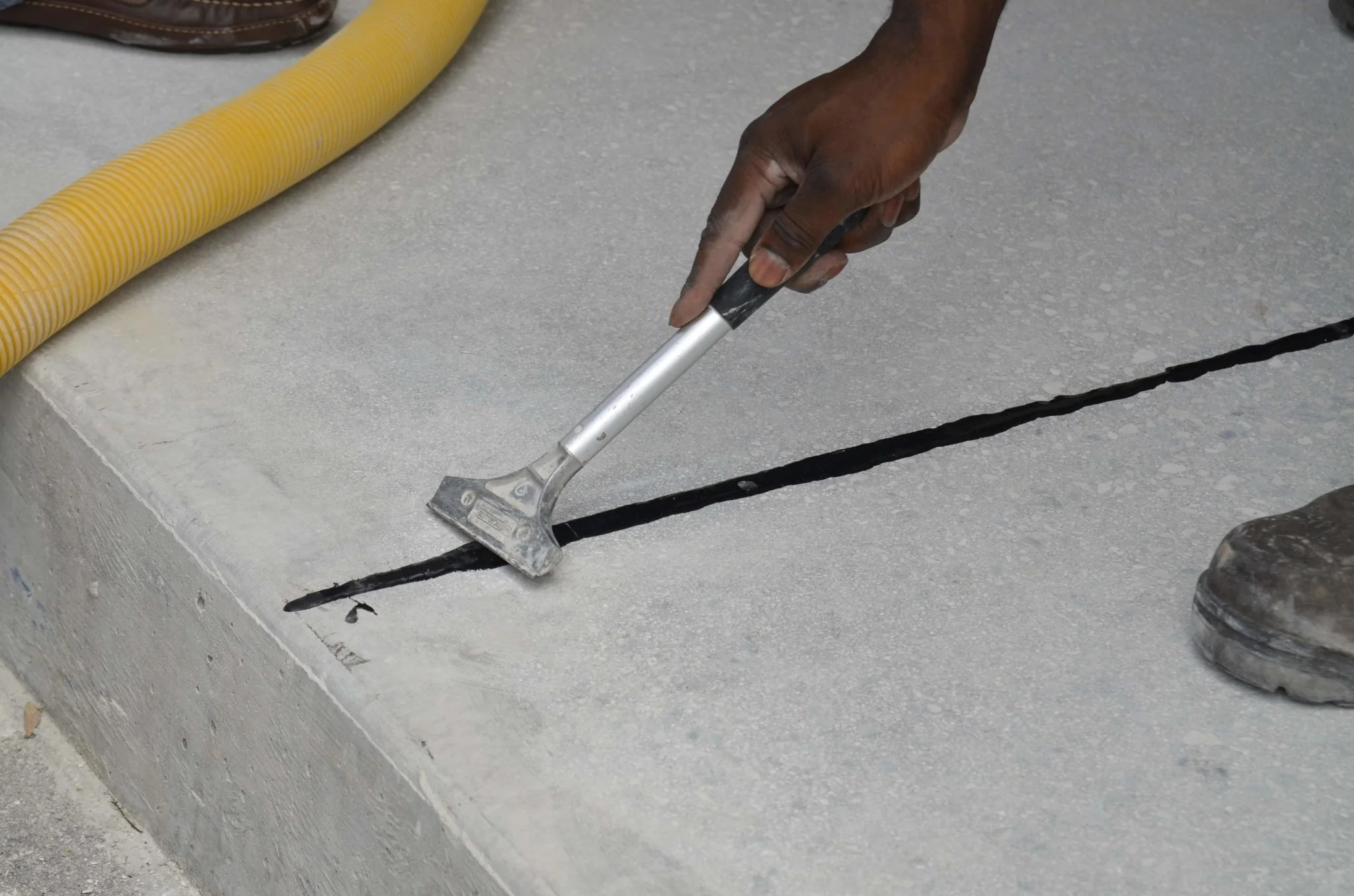Concrete floors are a common choice for both residential and commercial spaces due to their durability and versatility. What should i use for Joints on concrete floors? however, the selection of joint materials plays a crucial role in enhancing the performance and longevity of concrete floors.
1. Importance of Joint Materials
Joint materials are essential in preventing cracks, controlling the expansion and contraction of concrete, and maintaining structural integrity. What should i use for Joints on concrete floors? choosing the right materials ensures that the concrete floor can withstand various stresses over time.
2. Types of Joint Materials
There is a variety of joint materials available, including but not limited to asphaltic plugs, preformed joint fillers, and elastomeric sealants. Each type has unique properties that cater to specific requirements.
3. Factors to Consider
When selecting joint materials for concrete floors, several key factors must be taken into account to ensure optimal performance.
4. Load-Bearing Capacity
The joint material must have the ability to withstand the loads exerted on the concrete floor, especially in high-traffic areas. Assessing the load-bearing capacity is crucial for selecting materials that can handle the expected footfall or machinery loads.
5. Expansion and Contraction
Concrete naturally expands and contracts due to temperature changes. The joint material should accommodate these movements to prevent cracks and surface damage. Consider materials with flexibility to accommodate the dynamic nature of concrete.
6. Durability and Longevity
Longevity is a significant concern when selecting joint materials. Opt for materials that resist wear and tear, ensuring the joints remain effective for an extended period.
7. Chemical Resistance
In industrial settings, exposure to chemicals is common. Joint materials should possess chemical resistance to withstand potential corrosive substances, ensuring the structural integrity of the concrete floor.
8. Installation Process
Ease of installation is a practical consideration. Some joint materials require specialized installation methods, while others offer straightforward processes. Choose materials that align with the project’s timeline and budget.
9. Cost Considerations
Balancing quality with cost is essential. Evaluate the cost-effectiveness of joint materials based on their performance and longevity, ensuring a sound investment in the overall flooring system.
10. Popular Joint Materials
Explore commonly used joint materials such as polyurethane sealants, rubberized asphalt, and PVC. Understanding their characteristics helps in making informed decisions based on specific project requirements.
11. Maintenance Tips
Regular maintenance is crucial for preserving joint effectiveness. Implementing simple measures, such as regular inspections and timely repairs, can significantly extend the lifespan of joint materials.

